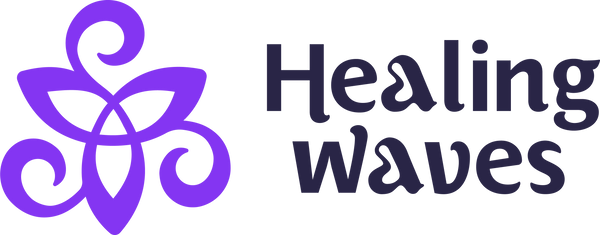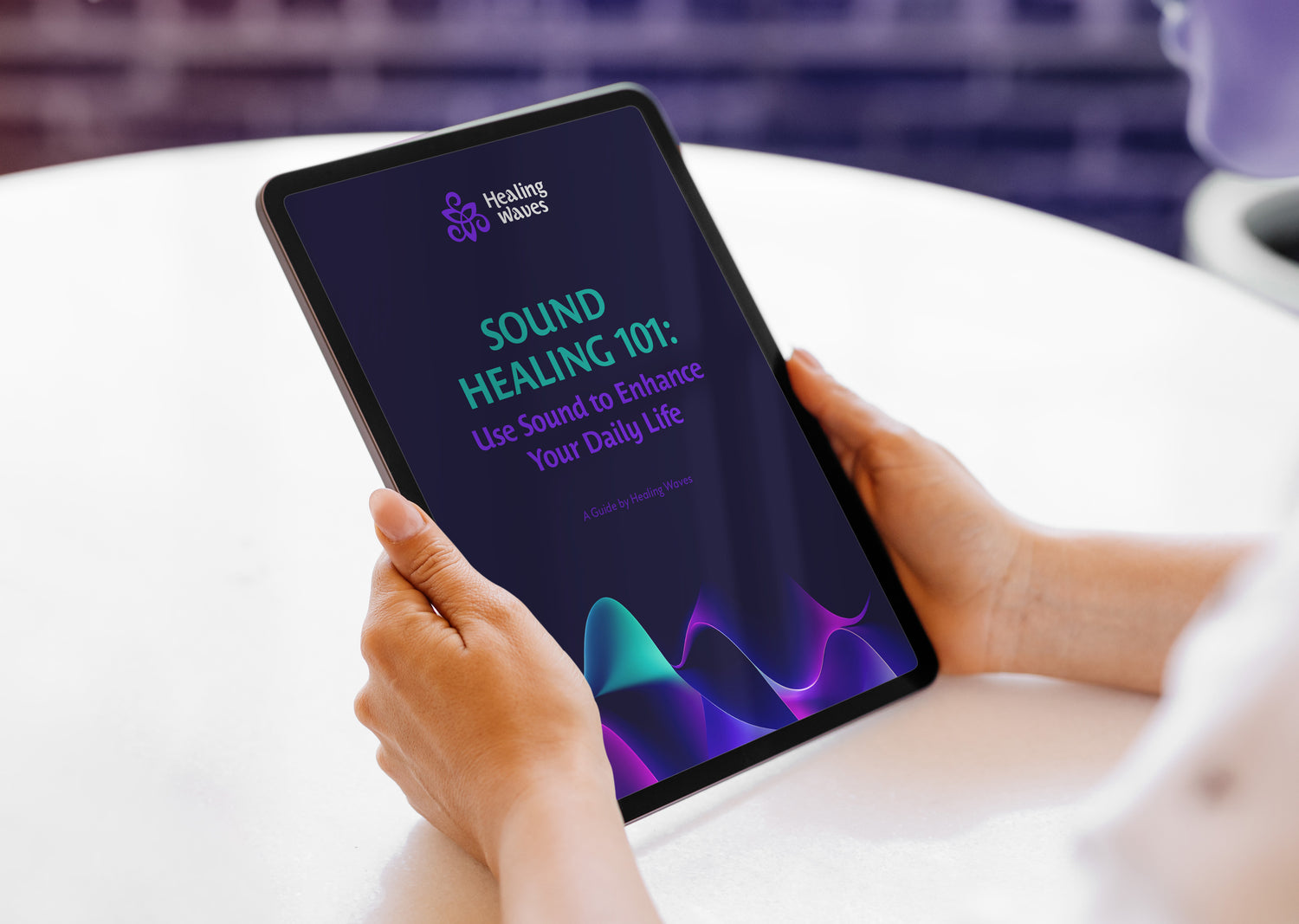New to yoga?
Thinking about trying yoga for the first time?
If you are wondering how to start yoga by yourself, but all you know is the mountain pose and downward dog, there is an overwhelming amount of information on your doorstep. Do not let your lack of knowledge keep you from investing in yoga.
Read this helpful article, on yoga guide for beginners to ease you into the practice.
Defining Yoga
The word Yoga comes from the Sanskrit word Yuj, which means union. Union of the individual consciousness with the universal consciousness.
Yoga is essentially a spiritual discipline based on an extremely subtle science that focuses on bringing harmony between mind and body. It is an art and science for healthy living. Yoga also refers to an inner science comprising a variety of methods through which human beings can achieve a union between the body and mind to attain self-realization. The aim of Yoga practice is to overcome all kinds of suffering that lead to a sense of freedom in every walk of life with holistic health, happiness, and harmony.
In yoga we learn a discipline of the body which comes out of awareness and attentiveness, tuning in to our body’s subtle energy flows and the life-giving rhythm of our breathing. The idea is that through entering more deeply and subtly into our physical experience, we can become more connected with ourselves, more grounded, and less swayed by anxieties or neurotic cravings for things that will not truly satisfy us. This can be a very positive influence on our approach to life, offering an antidote to the alienated rushing and disconnection from ourselves that characterizes much of our modern world.
“True yoga is not about the shape of your body, but the shape of your life. Yoga is not to be performed; yoga is to be lived. Yoga doesn’t care about what you have been; yoga cares about the person you are becoming. Yoga is designed for a vast and profound purpose, and for it to be truly called yoga, its essence must be embodied.”
Aadil Palkhivala
The Origins of Yoga
Some archaeologists and yogis believe ancient yoga principles appear from the shamanism and early spirituality of the Stone Age. However, these civilizations exist in written history, so this theory remains conceptual and perhaps not entirely precise.
Early Sanskrit (the Indian spiritual language) texts such as the Vedas (1500 BCE) and the Upanishads (500 BCE) explain and explore yoga as a means of access to the Divine and a way to connect the earthly form with the spiritual form. Comprised of songs and poems, the Vedas tell stories of the Hindu gods while referencing yoga techniques in Vedic rituals. The Upanishads, which focus on philosophy, contain the first documented use of the term “yoga,” where it refers to a firm holding back of the senses to join with the supreme state of being.
Different Types of Yoga
There is no one-size-fits-all yoga practice. The yoga class for you is the one that leads you to what you’re looking for. Some days you may really want to sweat it out, and a hot yoga class is for you, and other days you may choose a yin yoga class to hold poses for longer periods of time and really get a deep stretch.
HathaThe Sanskrit term "hatha" is an umbrella term for all physical postures of yoga. In the West, hatha yoga simply refers to all the other styles of yoga (ashtanga, Iyengar, etc.) that are grounded in physical practice. However, there are other branches of yoga such as kriya, raja, and karma yoga that are separate from the physical-based yoga practice. Physical-based yoga is the most popular and has numerous styles.
VinyasaVinyasa classes are more fast-paced, with the idea that you are synchronizing movement with breath and learning to work your way through a series of poses in a fluid manner. Vinyasa offers a robust movement with a continuous “flow” from one posture to the next. This style will be more dynamic and athletic in nature to hit the person searching for more of a “workout” rather than a time for relaxation.
AshtangaAshtanga classes use the same series of poses for every class. You have to master the first series before going onto the second, and so on, making it ideal for perfectionists. Beginners might want to dip their toe in Vinyasa or Hatha before going to an Ashtanga class.
“Change is not only inevitable but always happening. When you truly embrace this concept of change being constant, the only thing left to do is grow, detach, venture inwards, touch the spirit and find your source — the one responsible for keeping you grounded through the ever-changing seasons of life.”
Julie Weiland
Yin Yoga
Yin yoga requires you to hold poses for several minutes at a time, needing you to really soften and relax your muscles to target deeper connective tissue and fascia. Yin yoga is a more meditative class than the others, but it can have wonderful benefits for both your muscles and your mind.
KundaliniA Kundalini yoga class is a little different, including intense breath work and even chanting or meditation. The purpose of kundalini yoga is more centered around lifting your consciousness and activating energy centers or chakras in your body.
Bikram YogaBikram yoga includes a specific series of 26 postures and two breathing exercises—it also has to take place in a heated room. The added heat is said to help your body stretch deeper, detoxify better, reduce stress, and can also help with chronic pain. Vinyasa classes are sometimes heated as well, but typically when you think “hot yoga” it’s a Bikram class.
Benefits of Yoga
There are many benefits to the ancient practice of yoga both physical and mental, from better posture to greater self-acceptance. Here are the main physical and mental benefits of yoga…
- Your immune system will strengthen.
- You'll sleep better.
- You'll be less tired during the day with higher energy.
- You'll feel more relaxed and learn to stay relaxed.
- Your overall muscle tone improves as well as alignment.
- Yoga helps with improving the flexibility of the spine, curing back pain, sciatica, and neck pain
- Controls blood pressure, regulates blood sugars – indirectly improving heart health.
- Yoga improves our ability to concentrate and focus, increases self-esteem
- Helps build the immune system, which reduces the incidence of common ailments.
- Certain yogic exercises help improve thyroid gland functionality thus improving metabolism.
- Digestion improves; gas and bloating lessen.
- Pancreas – Certain Yogic asanas improve blood supply to the pancreas, enabling it to function efficiently and produce insulin in the right quantity that helps in managing and controlling diabetes. Reduces belly fat which improves insulin sensitivity
- Helps to lose weight, cure asthma, diabetes, heart problems, and many chronic diseases
- Help improve general wellness by relieving stress, supporting good health habits, and improving mental/emotional health, sleep, and balance
Although there’s been a lot of research on the health effects of yoga, many studies have included only small numbers of people and haven’t been of high quality. Therefore, in most instances, we can only say that yoga has shown promise for particular health uses, not that it’s been proven to help.
Another key benefit of yoga is that it helps with stress. Accumulation of stress can cause your nervous system to be constantly in overdrive, making it difficult to unwind, focus, and sleep. The breathing exercises you practice during yoga can help lower your heart rate and shift your nervous system into a more relaxed state. It also promotes better sleep and increased focus.
“Yoga is a dance between control and surrender – between pushing and letting go – and when to push and when to let go becomes part of the creative process, part of the open-ended exploration of your being.”
Joel Kramer
For people with a more spiritual background, the effects of practice start to be felt beyond the physical body and off the mat. Yoga can help connect you more deeply to your sense of purpose and awareness of living in the present. As you start your journey, what you get out of the practice can also change based on your needs.
Yoga is a practice with a long history rooted in teaching you the tools and foundation to empower yourself. And with accessibility — from teachers to information — at its peak, anyone can start practicing yoga. Here are seven tips that will help you start you on the road to a more centered life.
If you have more questions about yoga, please leave your questions on the comment box below. Thank you so much for reading!
Join our Community now, Facebook Community or Instagram Community
P.S- You Can Combine Yoga Equipment, Meditation Music or Meditation Tools to boost and to gain more from your Yoga and meditation practice.



1 comment
Muchas gracias. ?Como puedo iniciar sesion?